Smoke cleansing—burning plants, herbs, oils, powders, resins, branches and bark for health and spiritual purposes—is an ancient practice that is common in a wide variety
Read more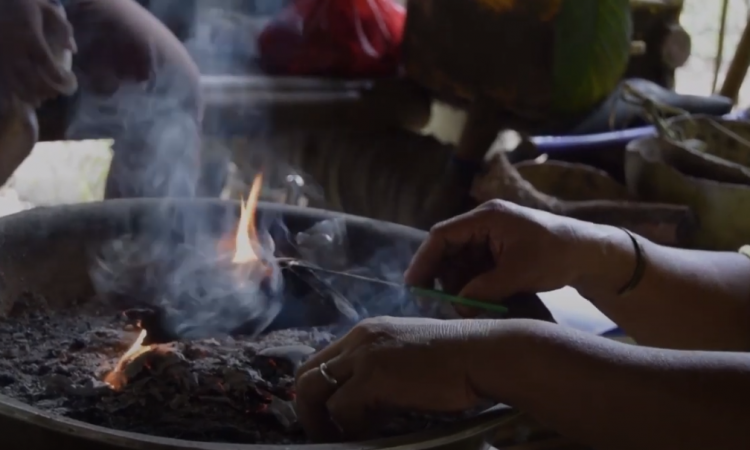
In this section you will find articles that cover the shamans, healers, sorcerers and ‘witches’ among the various cultures of the Philippines.
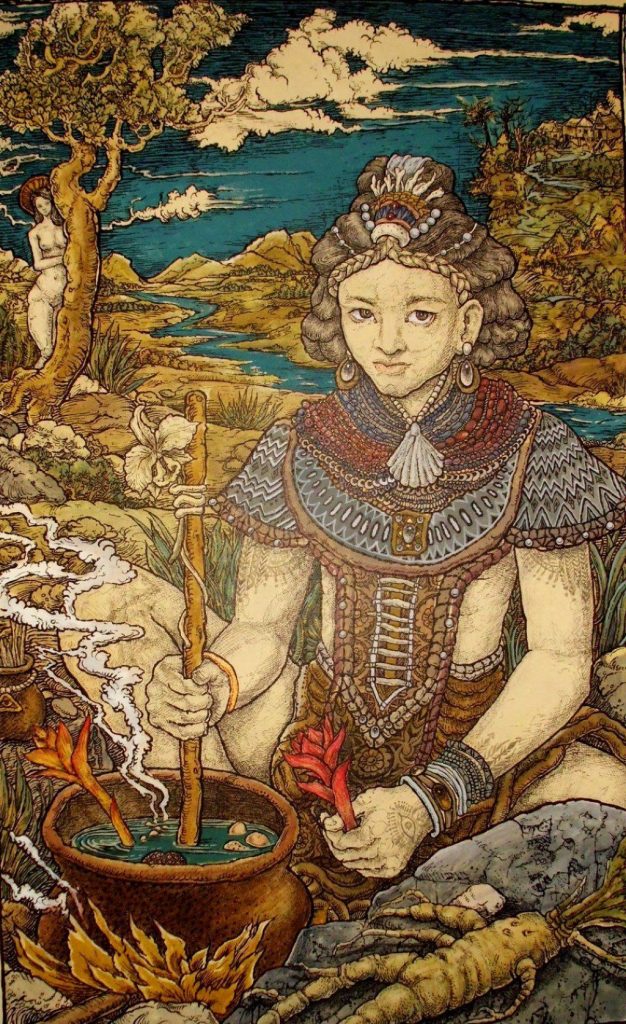
Philippine shamans, commonly known as Babaylan (also balian or katalonan, among many other names) were (and still are) shamans of the various ethnic groups of the Philippines. These shamans specialize in communicating, appeasing, or harnessing the spirits of the dead and the spirits of nature. They are believed to have spirit guides, by which they contact and interact with the spirits and deities (sometimes referred to as anito or diwata) and the spirit world. Their primary role is as mediums during rituals. There are also various subtypes of babaylan specializing in the arts of healing and herbalism, divination, and sorcery.

Smoke cleansing—burning plants, herbs, oils, powders, resins, branches and bark for health and spiritual purposes—is an ancient practice that is common in a wide variety
Read more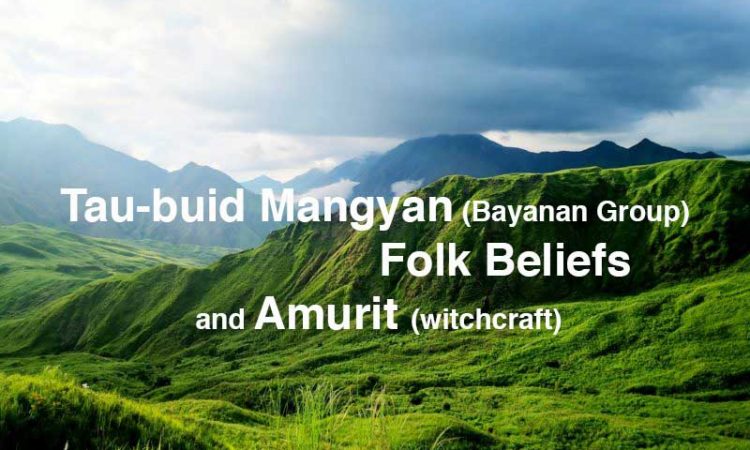
Called Batangan by lowlanders, the Tau-buid live in the interior forests of Mindoro north of the Buhid groups. They are a subgroup of the general Mangyan culture, living in settlements of
Read more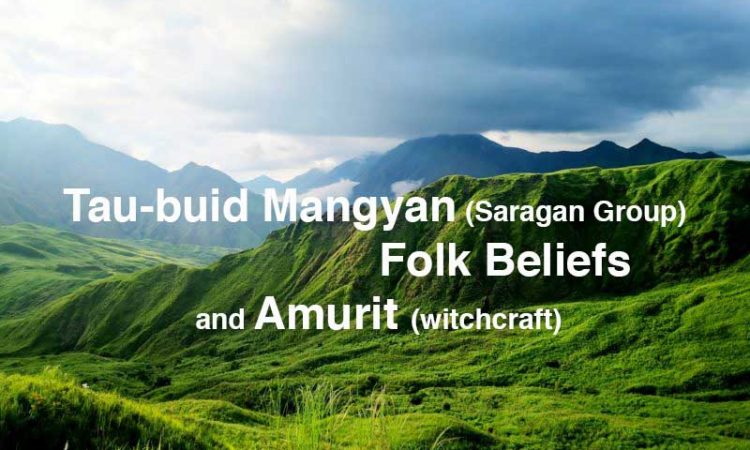
Called Batangan by lowlanders, the Tau-buid live in the interior forests of Mindoro north of the Buhid groups. They are a subgroup of the general Mangyan
Read more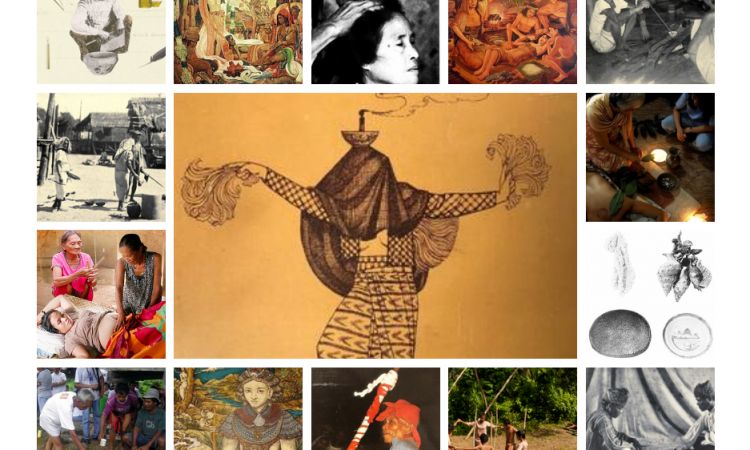
In recent years, the term babaylan has dominated the conversations regarding historical and modern indigenous religious narratives. There is good reason for this. From the
Read more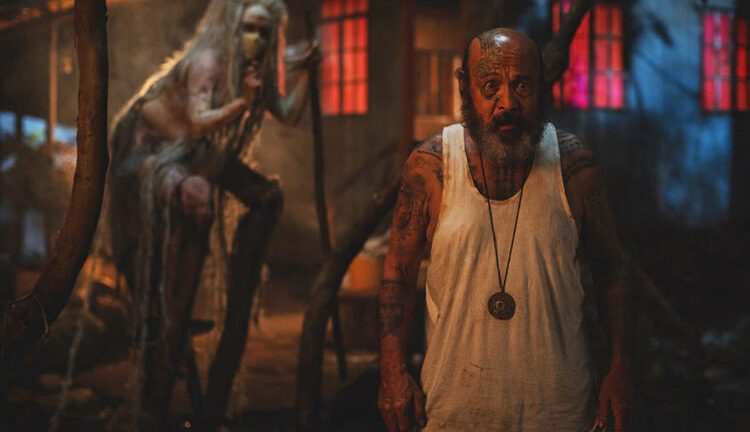
It’s been a long time since I wrote about upcoming entertainment, but I couldn’t resist when I saw the schedule for the second season of
Read more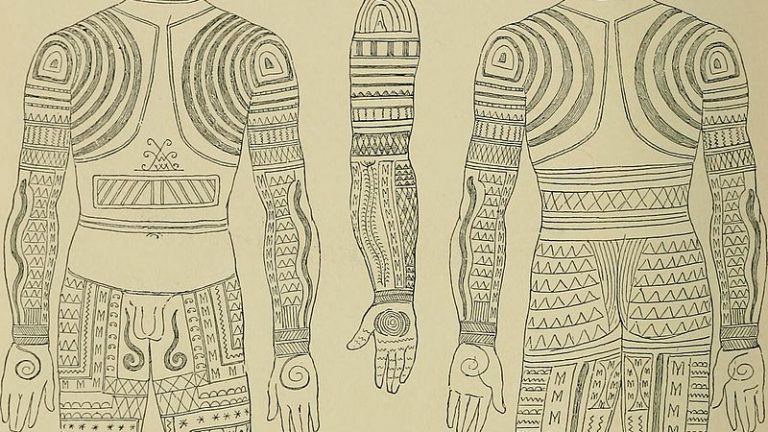
The Ibaloy / Ibaloi are an indigenous ethnic group found in Benguet Province of the northern Philippines. The native language is Ibaloi, also known as
Read more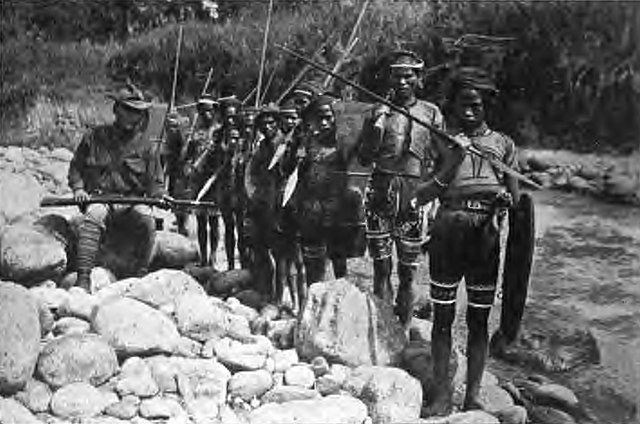
The Manobo are several people groups who inhabit the island of Mindanao in the Philippines. They speak one of the languages belonging to the Manobo
Read more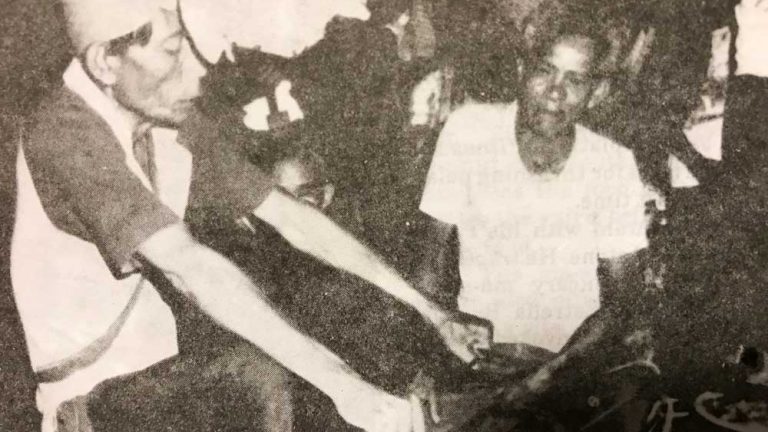
The Karay-a language, or Kinaray-a, is an Austronesian regional language spoken by the Karay-a people, mainly in Antique, Iloilo and other provinces on the island
Read more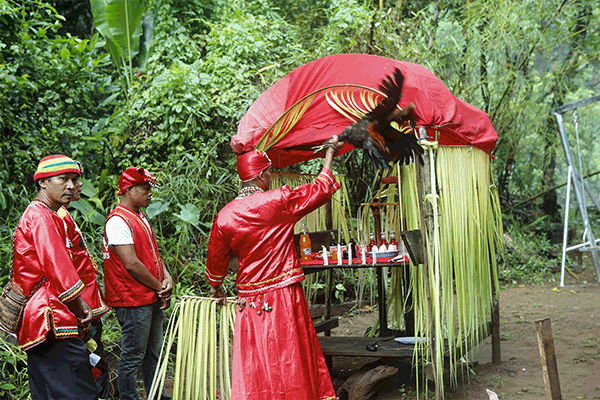
The Manobo are several people groups who inhabit the island of Mindanao in the Philippines. They speak one of the languages belonging to the Manobo
Read more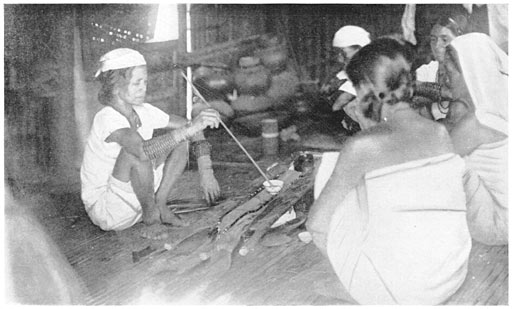
The Tingguians “the people of the mountains” originally referred to all mountain dwelling people. Nowadays, it particularly refers to a cultural minority group living in
Read more
